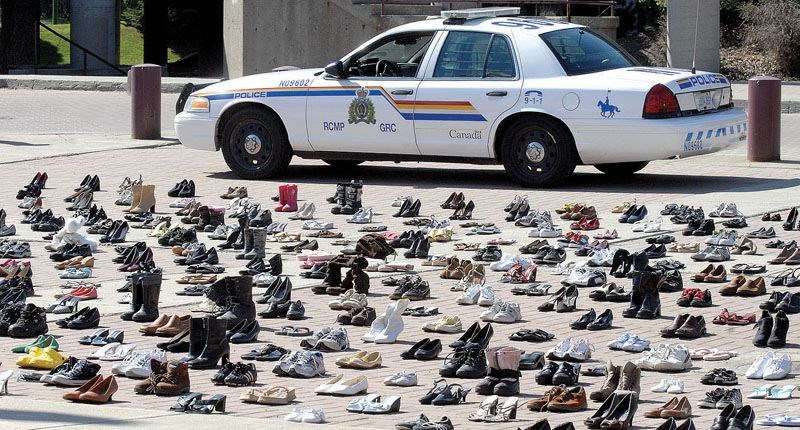Over a decade-long span, Northern B.C. was home to the second-highest number of young drivers who died in motor vehicle incidents, according to a B.C. Coroners Service report released Wednesday.
Between 2004 and 2014, 106 youth from 15 to 18 years old died while behind the wheel in B.C. and of that total 27 died in the North, second only to the Interior region where 33 were killed. In contrast, 18 died in each of the Fraser and Island regions and 10 in the Metro region.
Exactly why the numbers are so much higher here and in the Interior remains "pure speculation" but the difference is significant, said Coroners Service's child death review panel chair, Michael Egilson, because so many fewer teens live in those two regions.
"If you look at the North and you look at the Interior, certainly you have more weather issues than you have elsewhere," Egilson said. "But when I also look at when these crashes occur, more of them occur in the fall and summer, so that sort of seemed counterintuitive."
Egilson agreed that one of the report's three recommendations speaks to getting a better sense of the causes behind the crashes. It calls for obtaining and reviewing driver abstracts in all BCCS investigations of such crashes.
Egilson also stressed an aspect of another recommendation, which calls on the Insurance Corporation of British Columbia to review the graduated licencing program, complete with a consultation of young people themselves.
"Getting a sense from their perspective what's working with graduated licensing, where could tweaks be made, what kinds of things would further encourage people to comply with all the restrictions and their thoughts on where, through graduated licensing, you could reduce fatalities," Egilson said.
For the province as a whole, the report's authors found three-quarters of the drivers were male, while impairment and speed were common contributing factors at 40 and 30 per cent respectively. Lack or improper used of seatbelts was noted in 30 per cent of the crashes, driver inexperience played a role in 20 per cent, one-third were driving contrary to licence restrictions, as many had one or more penalty points, and 18 per cent had either an invalid licence or no licence at all.
On the bright side, said Egilson, the rate of such crashes has fallen since 2008.
"But motor vehicle incidents are still the leading cause of death in this age group, so given the preventative nature and opportunities of this, there is more work that can still be done," Egilson said.



